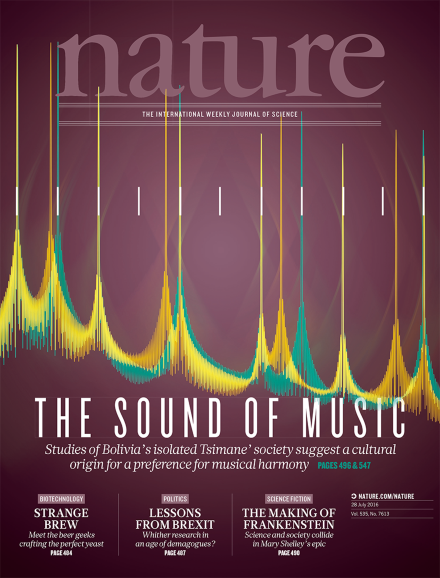Volume 535 Issue 7613, 28 July 2016
Editorial
World View
Research Highlights
Seven Days
News
Correction
News Feature
Comment
-
Lessons from Brexit
Special:
Books & Arts
Correspondence
News & Views
Article
Letter
Corrigendum
Feature
-
Collaborations: Partners in knowledge
Career Guide:
Column
Futures
Nature Index
-
Rising stars
Nature Index:
-
The new contenders
Nature Index:
-
All countries, great and small
Nature Index:
-
Where the money goes
Nature Index:
-
Catch them if you can
Nature Index:
-
A guide to the Nature Index
Nature Index:

